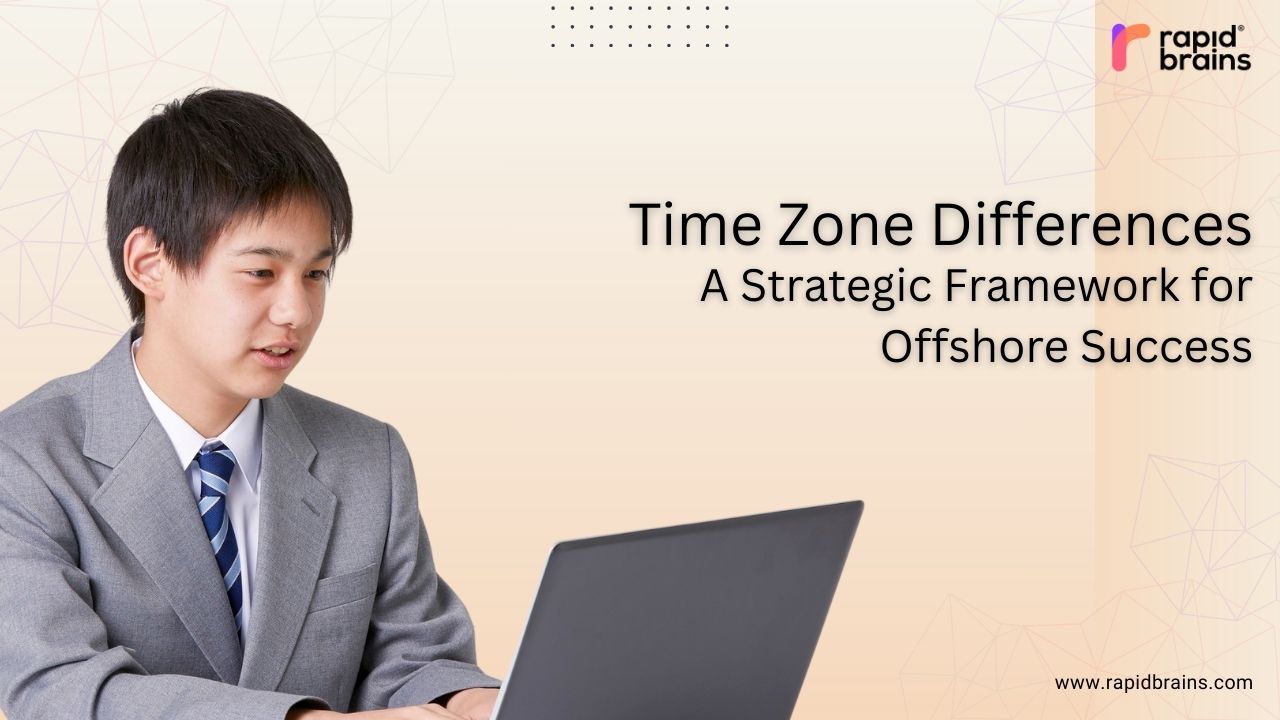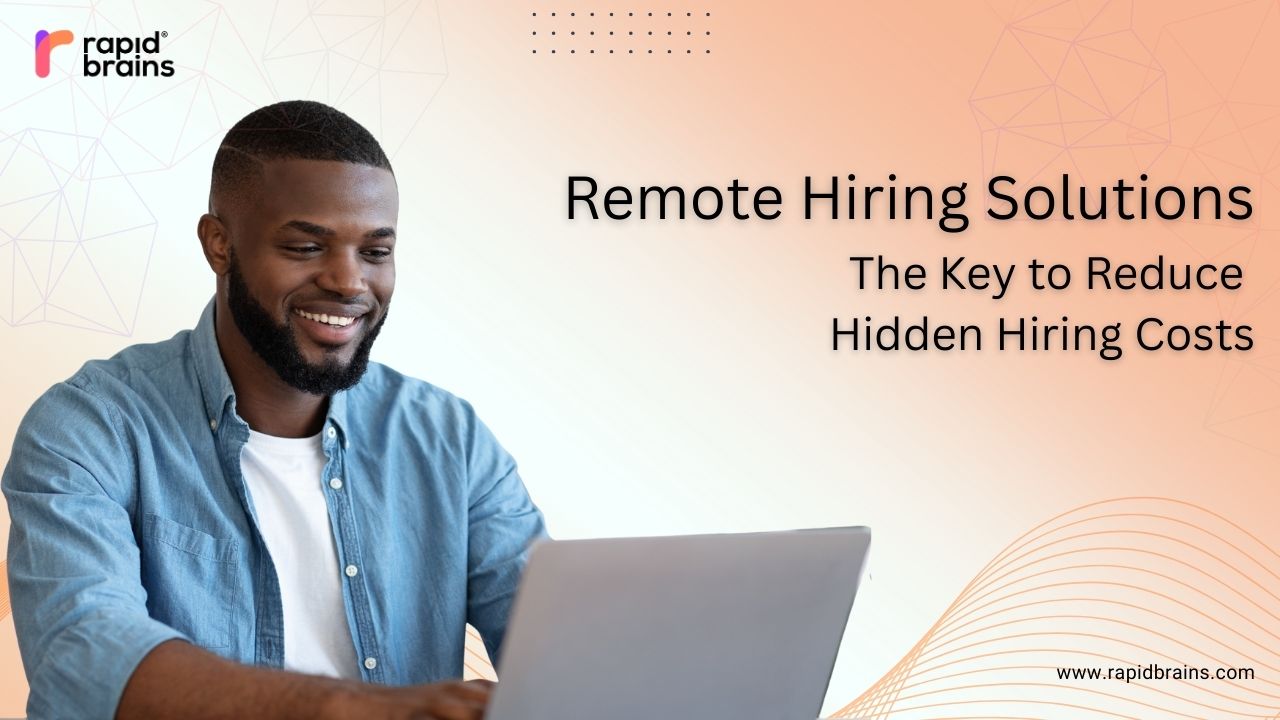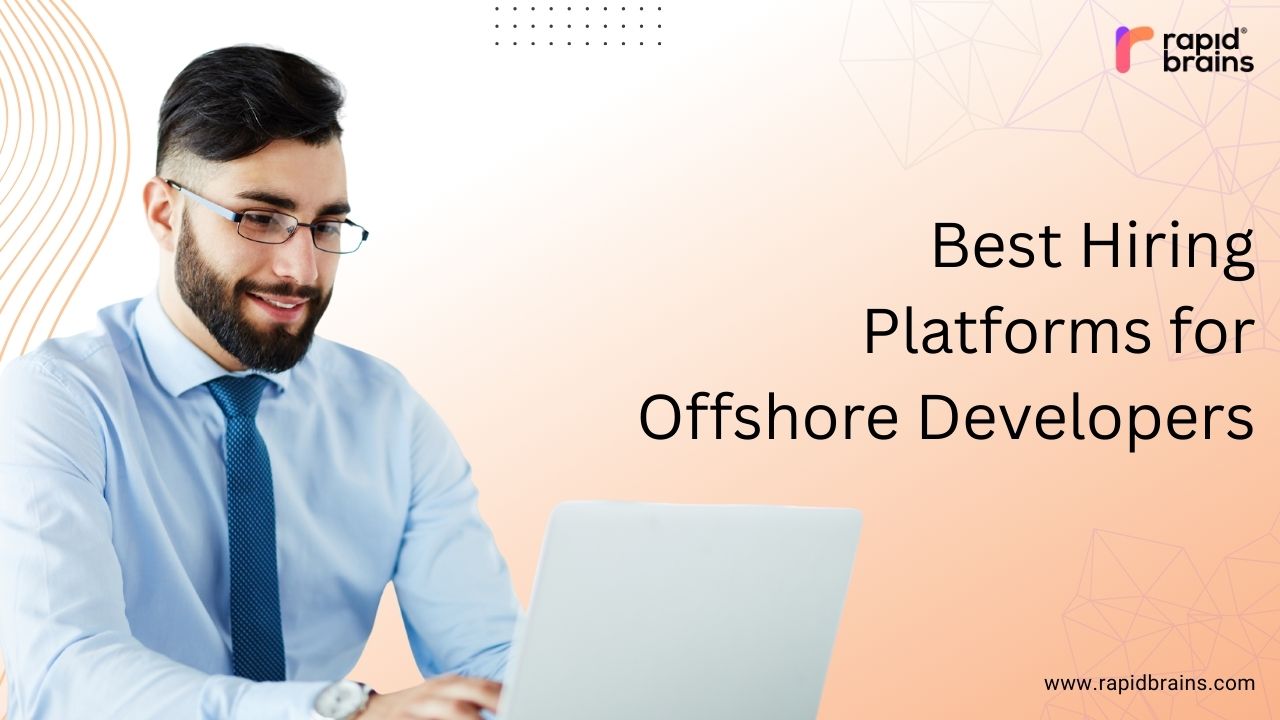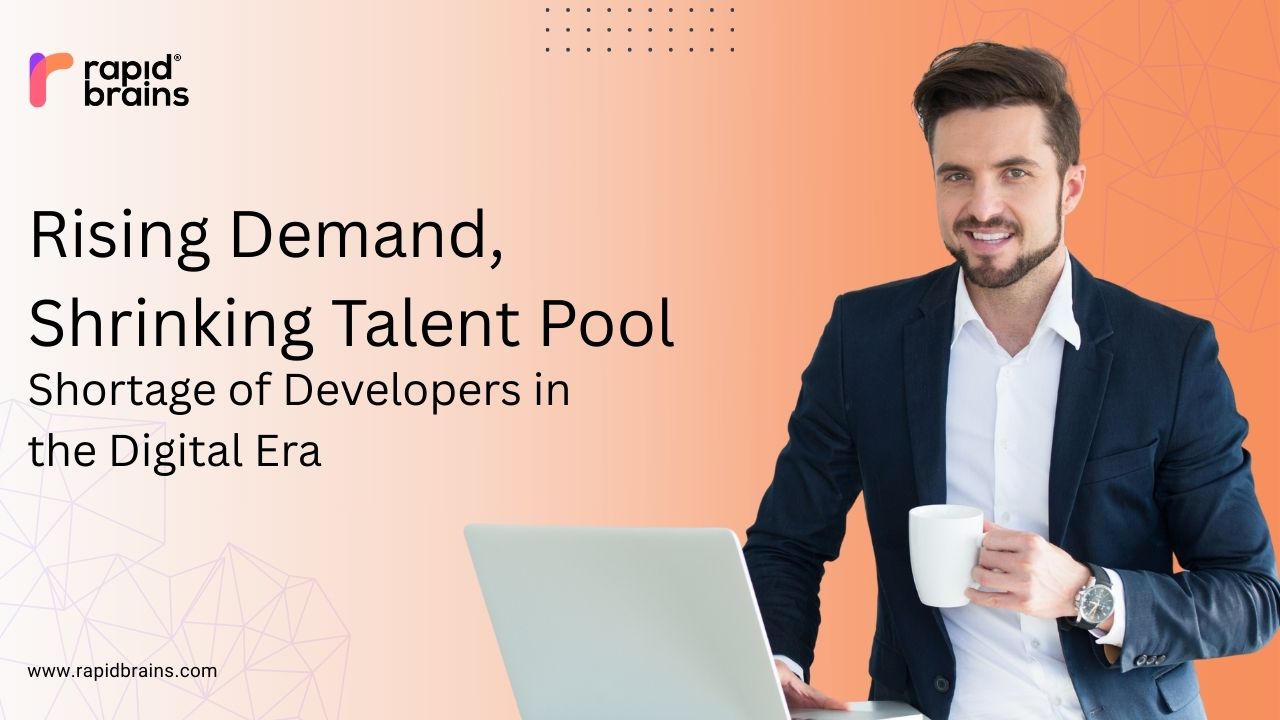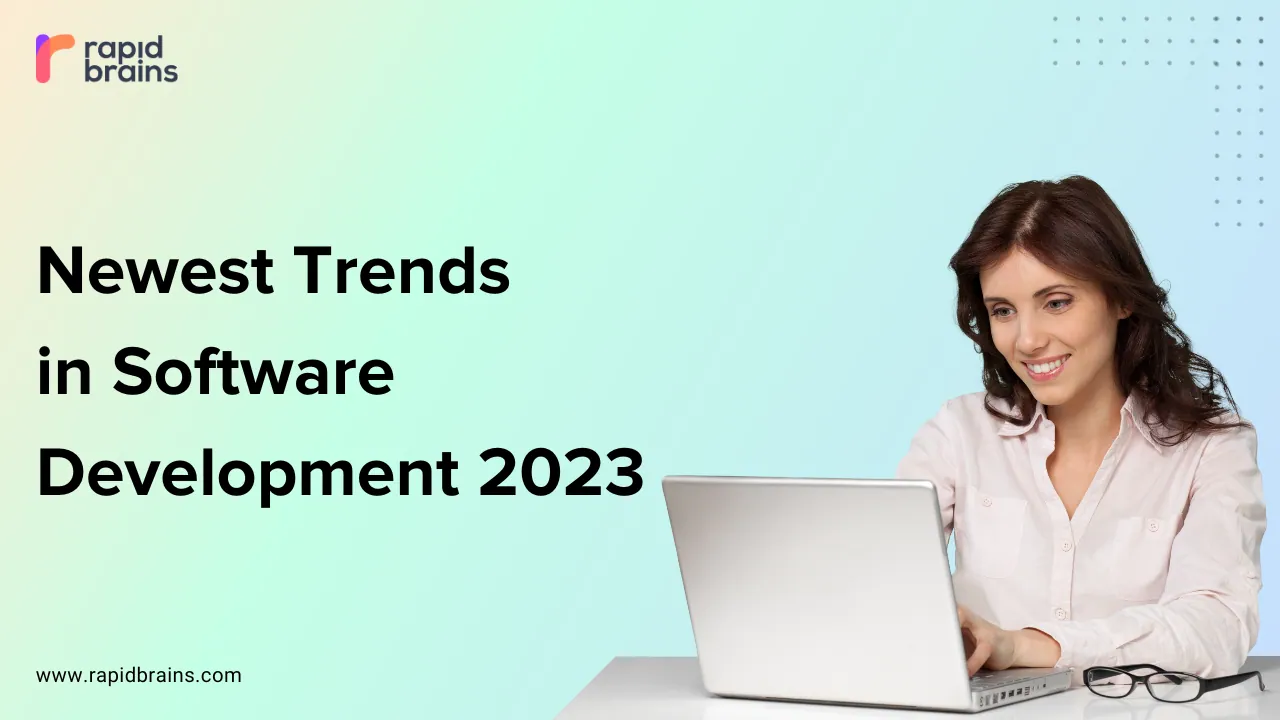
Introduction
The ever-changing realm of software development constantly evolves with the persistent emergence of new technologies and complex web of external influences. Social expectations continuously shape its course, adding to the dynamic nature of the field. We go on a profound dive in this article, digging into the Newest Trends in Software Development positioned to have significant influence and sculpt the very soul of the industry as we journey through the year 2023
The global COVID-19 epidemic was an important turning point for numerous firms, driving both small and large enterprises to restructure their operational processes and speed up their IT objectives and technological roadmaps. This transformative phase underlined the importance of shifting to an increasingly digital environment in which software solutions would play a vital role in defining daily life.
Blockchain Technology Advances Past Bitcoin
Blockchain technology has evolved beyond its initial role in bitcoin, becoming a flexible and transformational force in a variety of industries. As we look ahead to 2023, it becomes clear that blockchain’s impact will extend to various applications. This is due to its inherent security and openness
This game-changing technology is poised to alter the future of multiple sectors, spreading its influence beyond supply chain management and healthcare into hitherto uncharted domains. Its incredible versatility and untapped potential are ushering in a new era of innovation. This promises to alter the way we do business, safeguard data, and drive growth in the coming years
Collaboration is facilitated via cloud computing.
A common trend in the software development landscape reveals an increasing preference for the active use of cloud-native solutions. These solutions are applied in many areas, such as application development, team management, and communication. These solutions include software products and services hosted in public, private, or hybrid clouds. They come with infrastructure-agnostic features that can run effortlessly across many servers. Because of their fundamental adaptability, they are an appropriate choice for any firm looking to integrate them into its operations.
Cloud-native software solutions, built on the foundation of containers and microservices, provide a plethora of benefits, including increased flexibility and scalability, eventually increasing the productivity of software development teams.
It is worth noting that the demand for cloud services and solutions has increased. This increase is owing mostly to the pressing need to support remote work. Companies have had to quickly put in place the required infrastructure. They also had to assist their employees in creating a welcoming work environment within their home offices.
Python Assumes Authority
JavaScript in the world for a long time. However, Python has been rapidly rising to the top of this ranking since 2020, eventually obtaining the top spot in December 2021.
Python’s position as the premier programming language was further cemented in the most recent updates from the TIOBE index in June 2022. It also received recognition in the PYPL index during the same period. Python’s ever-increasing popularity appears set to continue far into 2023 and beyond. This is owing in part to its status as the language of choice for developers attempting to create software solutions with AI and ML capabilities. Its versatility and robust libraries make it a go-to option in the field of artificial intelligence As previously said in this essay, artificial intelligence is proudly regarded as one of the most important trends in software development.
TensorFlow Accelerates AI Development
Developers expertly integrate deep learning principles into software systems using specific AI libraries and frameworks, aligning with one of the defining trends in software development this year—the increased dependence on TensorFlow for AI projects.
TensorFlow, developed by Google as an open-source deep learning framework. It is the most important platform for building and training neural networks. It comprises a vast ecosystem packed with a plethora of libraries, tools, and critical resources required for the development of intelligent models and algorithms. TensorFlow is renowned for its excellent adaptability and user-friendliness, allowing developers to embark on the development of complex software solutions with ease and inventiveness.
Simplifying Management Issues with IaC (Infrastructure as Code)
Complexity reigns supreme in the ever-changing landscape of modern application development. Developers must deal with a plethora of elements, including complicated clusters, microservices, containers, APIs, serverless tasks, and their interdependencies. This complication throws a double load on DevOps professionals, who must strike a delicate balance between application stability and security while also satisfying the increased need for rapid code development and deployment.
To meet these tough issues, DevOps teams are increasingly relying on Infrastructure as Code (IaC), an approach that uses code to efficiently manage, automate, configure, and continuously improve dynamic computing resources. Traditional approaches frequently relied on a small number of experts with in-depth knowledge of code dependencies and delivery mechanisms, resulting in bottlenecks and an overreliance on specialized knowledge. Adoption of IaC essentially removes these impediments.
By embracing IaC, DevOps teams can create a consistent, dependable code repository for their enterprise, ensuring that apps conform to stringent security criteria during deployment. Furthermore, IaC implementation provides teams with the tools they need to identify and correct code discrepancies, making the process of fixing vulnerabilities easier.
Increasing Security Through DevSecOps
While DevOps has long been a staple in software development, the prevailing trends in the industry underscore the burgeoning significance of DevSecOps. To comprehend the distinction between the two, let’s first dissect DevOps.
DevOps embodies a collaborative nexus between development and IT operations teams, grounded in agile methodologies and the principles of continuous integration and continuous deployment (CI/CD). Its primary aim is the swift delivery of functional software to end-users. DevOps hinges on the utilization of robust, automated processes that furnish prompt feedback, culminating in an iterative cycle of improvement. Today, DevOps encompasses a multifaceted spectrum—it’s a methodology, a cultural ethos, and an arsenal of tools that bolster agile development.
DevSecOps, on the other hand, represents the evolution of DevOps, a transformation that redefines the conventional role of the security department in the software development lifecycle. In traditional settings, quality assurance specialists often entered the fray post-main development, but the DevSecOps paradigm demands their involvement from inception to culmination. Consequently, security practices are seamlessly woven into the fabric of the development cycle, commencing with the architectural planning phase. This proactive approach enables the early identification and swift rectification of issues, preventing their accumulation within the software until the final stages of development.
The use of low-code/no-code (LCNC) speeds up software development.
Low-Code/No-Code (LCNC) platforms have emerged as transformative tools in the software development realm, offering a multitude of advantages. These platforms expedite development by reducing coding complexities, promoting rapid prototyping, and enabling seamless collaboration among teams. LCNC democratizes software development, allowing both technical and non-technical stakeholders to participate actively. With built-in automation, easy integration capabilities, and scalable options, LCNC platforms not only accelerate development but also simplify maintenance and updates. The result is a significant reduction in time-to-market for software solutions, empowering organizations to stay agile and competitive in today’s fast-paced business landscape
Leading in Hybrid App Development: React Native
Many companies opt for hybrid development because it provides a simple method for creating apps with strong features and excellent performance across different platforms, all while keeping a single codebase. React Native stands out among the many technologies available as the industry standard framework for hybrid development. Mobile developers all around the world have confidence in this well-known framework, and its popularity is not expected to decline any time soon.
Why Choose SaM Solutions for Software Development?
SaM Solutions is the appropriate partner to help you manage these volatile software development trends. We are ready to help you utilize these trends to achieve a competitive edge in your business, thanks to an established track record, a devoted staff of professional developers, and an everlasting commitment to innovation.
Conclusion
The landscape of software development in 2023 is both exciting and challenging. Embracing these trends can help your business succeed by keeping you competitive and capable of addressing your consumers’ ever-changing needs. Stay tuned for more updates as these trends continue. emerge, and remember to work with a reputable software development company like SaM Solutions to turn your digital dreams into reality.
